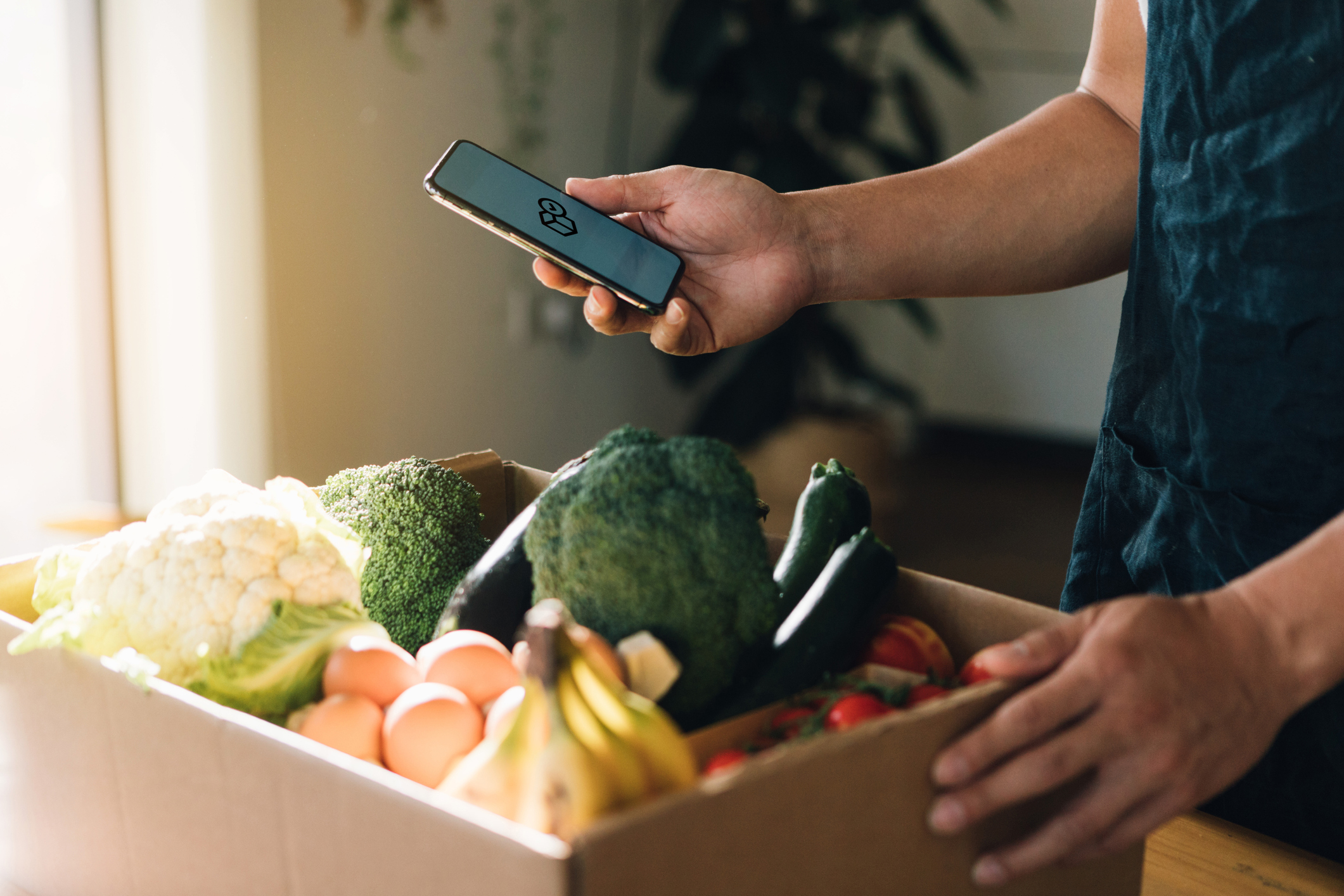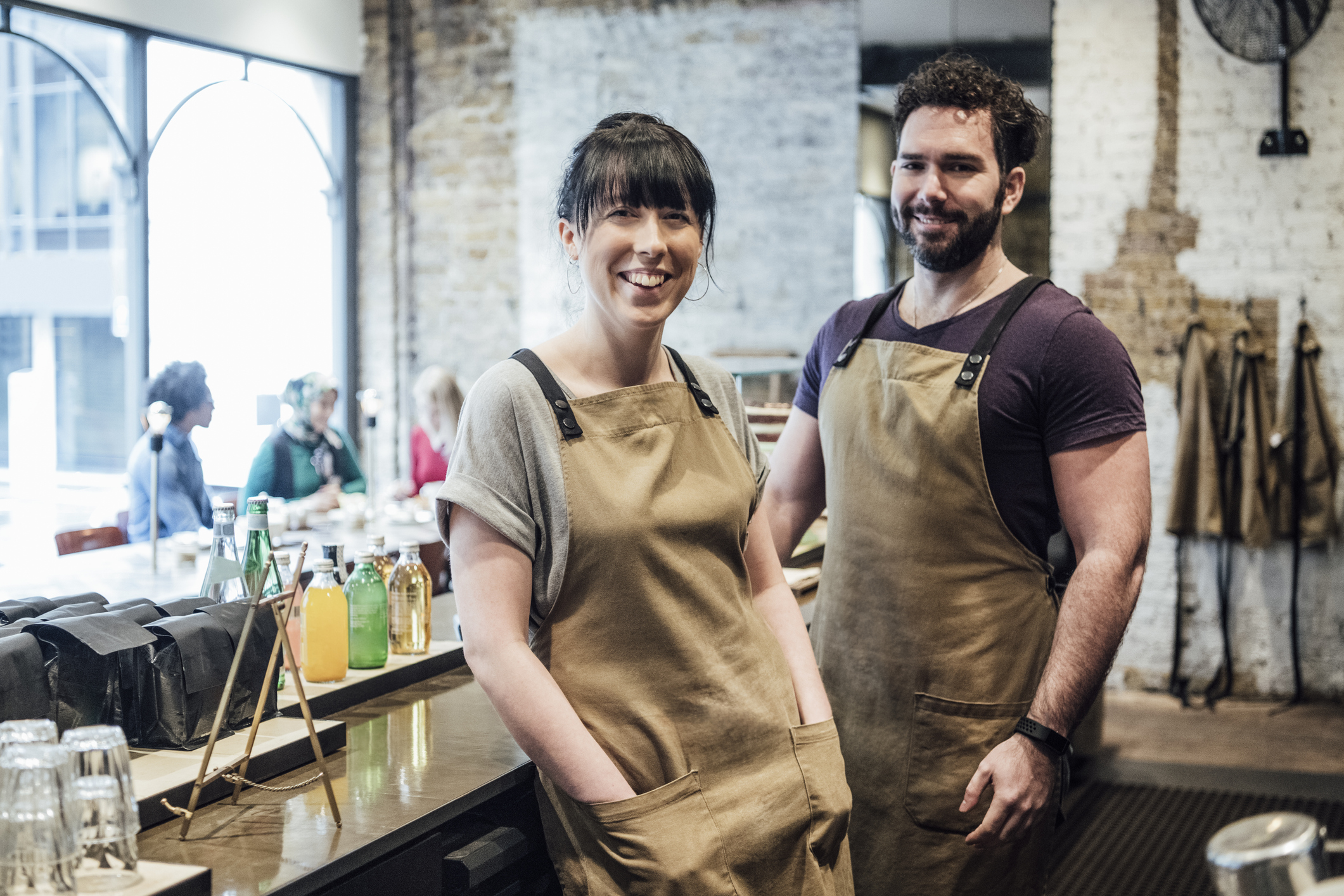COVID-19 hit like a freight train, hurtling business plans and carefully thought out strategies into a tumult. For almost every small business in Australia, 2020 was a year of holding on, making it through each day and ceaselessly pivoting.
There is no question that it has been a challenging time, but as the dust begins to settle on the massive upheavals of the year, it has become clear that all that pivoting has resulted in a number of new business models both in Australia and throughout the world.
Some of these models have been essential for surviving lockdowns and will disperse in due time, while many models look to be set to stay.
Here’s an in-depth look at the new business models in Australia created by the global pandemic.

The shift to working from home.
One of the first things to change for businesses and workers was the move to the home office. As Australia and the world went into lockdown, millions of businesses had to adapt quickly and create an environment where employees could effectively continue working from home.
In late June, Roy Morgan reported that more than 4.3 million Australians – just under a third of the working populace – were working from home over lockdown.
Home workers were more common in some industries than others, with 58% of finance and insurance employees moving to a home office, and roughly half of those in public administration and defence (51%) and in communications (47%) setting up home offices.
Meanwhile, industries such as retail, manufacturing and agriculture saw just one in six employees staying home for work.
Months later in September, a University of Sydney survey showed that 75% of workers believe their employers will support more working from home in the future.
“The evidence reinforces the fact that as we move through and beyond the COVID-19 period, we can expect commuting activity to decline by an average of 25 to 30 percent as both employers and employees see value in a work from home plan,” added Professor David Hensher, Founding Director of the Institute of Transport and Logistics Studies.
Faster digitisation of the economy.
Countless business models have long relied on in-person meetings and work, yet lockdowns and coronavirus safety measures quickly became a catalyst for the digitisation of the economy.
In a November speech, Reserve Bank of Australia governor Philip Lowe said that one of the biggest changes to our economy has been the move to digitisation.
“In some areas, progress that otherwise would have taken years has been made in a matter of months. The combination of necessity, new technologies and the easing of regulations has made a real difference. Digitalisation is not only helping Australians deal with the pandemic, but it will also boost productivity and can help drive future economic growth,” he explained.
This has included areas such as telehealth, where doctors can create electronic prescriptions via video calls rather than in person. Companies have also been able to hold AGMs virtually and save on time and costs for travel, and real estate agents have turned to augmented and virtual reality to showcase open homes online.
Many of these business models would have likely changed over time, yet the pandemic brought those changes to the forefront.

Online shopping.
eCommerce and online shopping have long been on the rise across Australia, both in the cities and in rural areas.
In 2018, Australia Post reported an increase of more than 20% on average across all states in territories within that year alone, with 73% of Australian households shopping online in 2018.
In 2020, eCommerce has flourished. Australia Post reported that 8.5 million households shopping online between March and October, an increase of 13.7% year on year. The group also reported an additional 200,000 online shoppers in April 2020, none of which had ever made an online purchase before.
As the pandemic forced many businesses to move to online platforms, it favoured businesses that were well set up for eCommerce and able to maintain supply levels. Between September and October 2020, the number of people who were attempting to purchase items online but found that stock was unavailable or sold out increased significantly, from 28.3% to 34.5% according to Australia Post.
It is expected that the Ccommerce business model, while not strictly new, will remain stronger than ever post-COVID-19. Companies that can bolster their online shopping platform and remain on top of their inventory management are well placed to make the most of Australia’s booming online shopping habit.
Automation.
As many businesses sent staff home to work, many more were unfortunately unable to maintain the same staff levels as they had prior to the pandemic, with nearly a third of Australian businesses reducing staff numbers since the outbreak.
However, that didn’t necessarily mean that the amount of work to be done was equally reduced, meaning companies had to evolve to find new ways to complete the same number of tasks without the same manpower.
One of the outcomes was automation.
Prior to the coronavirus outbreak, a Gartner report estimated that 69% of a manager’s routine workload would be automated by 2024, and it seems that the pandemic has only accelerated the move to automation across industries and departments.
In marketing, this might mean automated bidding on Google Ads. This is a handy tool for any busy marketer, as it allows Google’s algorithms to set big amounts based on how likely your ad is to result in a click or a conversion. This could also be automated chat bots on websites and social media platforms, which can answer customer queries without the need for a human sitting on the other end of the conversation, or even automated email replies.
In sales, lead scoring automation software can rank leads according to their likelihood of making a purchase by using their engagement information, which can save precious human hours and result in more sales.
For retail businesses automation can help with inventory management, by automatically creating orders for new stock based on past data.
Australian Human Resources magazine HRD has already highlighted how COVID-19 has accelerated hiring automation, and it seems as though many of these moves to automated technology will be here to stay in the wake of the virus.

Changing supply chains.
As lockdowns came into place around the country, countless supply chains were disrupted. As retailers and restaurants were unable to open or sell stock, suppliers were no longer able to sell their wares – but that didn’t mean there wasn’t demand for them.
In some cases, businesses were able to quickly create a new business model where they sold directly to the final consumer, cutting out the middleman by pure necessity.
One instance, documented by the ABC, is the case of Henry Yu, a Hong Kong immigrant and owner of fruit and vegetable wholesaler Freshchoy’s. Normally, Mr Yu would provide fruits and vegetables to local Chinese restaurants but, as restaurants across Melbourne closed, he quickly turned to social media app WeChat to drum up business.
There, he found more than 8,000 customers who still wanted fruits and vegetables for their at-home dining, and he was able to not just stay afloat during the lockdown, but to thrive.
In another instance, Business Insider followed the story of Single O, a cafe and coffee bean roastery in Sydney. Again, as cafes closed down across the city, Single O saw demand for their beans completely dry up.
Yet within 48 hours, owners Dean and Emma had put together a ‘Stimulus Blend’ that they could sell directly to coffee-craving customers individually.
These instances of small businesses making smart decisions about their business models are certainly not alone, as SMBs sought out new markets for their products and managed to create an entirely new supply chain that they can continue to provide long after the lockdowns end.
Diversification.
For many businesses, the usual demand for their products or services disappeared almost overnight, which meant that they had to diversify to stay afloat until normal demand returned.
Famously, during the early days of the pandemic when supermarkets and pharmacies couldn’t stay stocked with hand sanitiser, and when even hospitals and doctor’s offices struggled to obtain enough sanitiser, help came from an unexpected source. A number of distilleries around Australia (and the world) diversified to producing sanitiser, given their equipment and production lines were able to meet this demand.
Four Pillars, a gin distillery, helped to supply hand sanitiser to medical professionals and consumers, while Earp Distillery helped to supply clients such as Canada Post. As bars and restaurants stopped ordering distilled spirits, these businesses were able to take a side step that allowed them to continue to work and make sales during lockdowns.
In Ballarat, NJW Designs suddenly found itself out of business. The company had been busy creating sets and props for stage productions, including those for the Australian Ballet and Disney productions, and had even recently hired more staff to meet the demand.
Yet as theatre productions shut down overnight, owner Nathan Weyers made the smart decision to meet another need – that of home office furniture. Speaking to The Courier, Weyers said the company began to create laptop stands and desks for at-home workers and students, and quickly moved on to other items such as toys, wine racks and sneeze guards.
The shift helped the business to continue to work and employ staff throughout 2020, and their ability to diversify has created an entirely new product range for their team.

Government support for small business.*
If you are a small business owner and have found yourself needing to adopt new business models, you are not alone. Many small businesses in Australia have already begun adopting these models, or are in the process of doing so.
However, that doesn’t mean that change is easy, or that it comes for free. The Australian government has programs and initiatives in place to assist SMBs through challenging times, including new grants created specifically for small businesses in the wake of the pandemic.
Here are some of the grants and funding you could apply for to help your small business to pivot and adopt beneficial new business models:
- The JobKeeper payment
- The Australian Business Growth Fund
- Cash flow boosts
- Relief for commercial tenants
- Support for apprenticeships
- Superannuation early access
- The Backing Business Investment (BBI)
- The Instant Asset Write-off
Adopting new business models has helped countless Australian businesses survive 2020, and may well help them thrive in the future. Yellow Pages can help your business to pivot in the digital space, with a suite of products, including Websites and SEM, to improve your online brand and your offline sales.
*We endeavour to provide accurate material for Australian businesses consistent with Australian government guidelines; however, this material is for reference only and is not designed to be, nor should it be regarded as professional advice.
